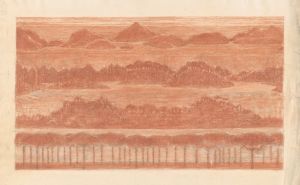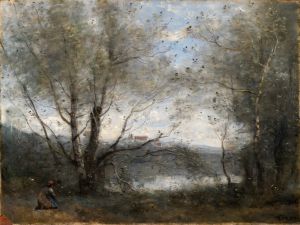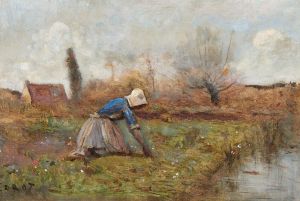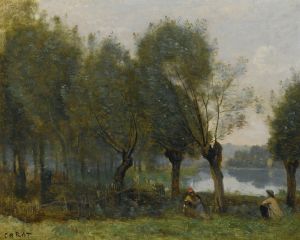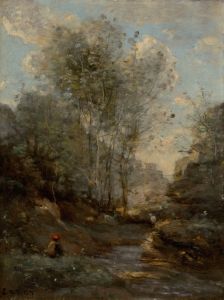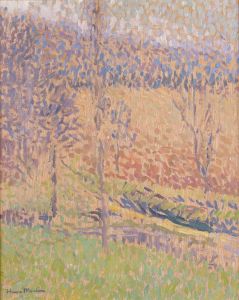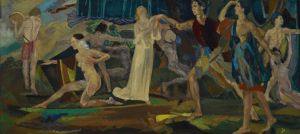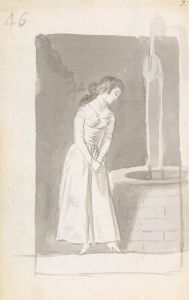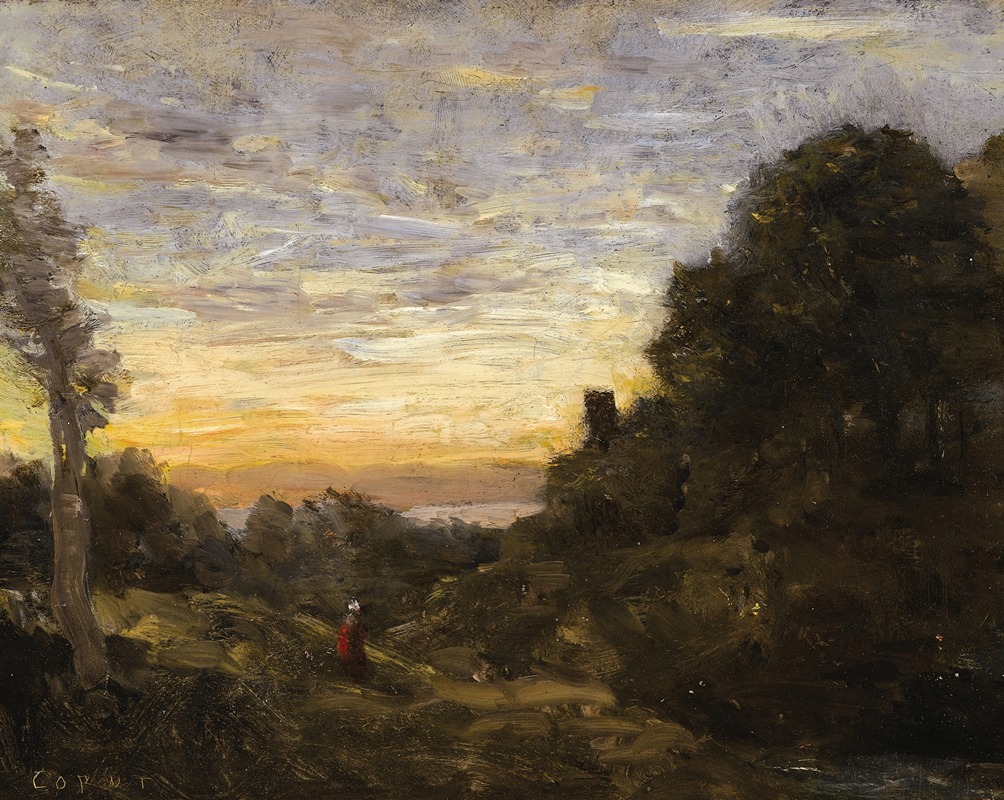
La Tour dans les Arbres
A hand-painted replica of Jean-Baptiste-Camille Corot’s masterpiece La Tour dans les Arbres, meticulously crafted by professional artists to capture the true essence of the original. Each piece is created with museum-quality canvas and rare mineral pigments, carefully painted by experienced artists with delicate brushstrokes and rich, layered colors to perfectly recreate the texture of the original artwork. Unlike machine-printed reproductions, this hand-painted version brings the painting to life, infused with the artist’s emotions and skill in every stroke. Whether for personal collection or home decoration, it instantly elevates the artistic atmosphere of any space.
Jean-Baptiste-Camille Corot, a pivotal figure in landscape painting, is renowned for his contributions to the Barbizon School and his influence on the Impressionist movement. One of his works, "La Tour dans les Arbres," exemplifies his mastery in capturing the serene beauty of nature, though specific details about this particular painting are scarce.
Corot was born in Paris in 1796 and began his artistic career relatively late, around the age of 26, after working in the family textile business. He studied under Achille-Etna Michallon and Jean-Victor Bertin, who introduced him to the principles of Neoclassicism and the importance of painting en plein air, or outdoors. This practice became a hallmark of Corot's work, allowing him to capture the transient effects of light and atmosphere with remarkable sensitivity.
Throughout his career, Corot traveled extensively, painting landscapes in Italy, Switzerland, and various regions of France. His works often feature a delicate balance between realism and idealism, characterized by soft, diffused light and a harmonious composition. Corot's ability to convey mood and emotion through his landscapes earned him great acclaim during his lifetime and posthumously.
"La Tour dans les Arbres," like many of Corot's works, likely reflects his deep appreciation for the natural world and his skill in rendering it with subtlety and grace. While specific information about this painting is limited, it can be inferred that it embodies the qualities that define Corot's oeuvre: a gentle, atmospheric approach to landscape, a focus on the interplay of light and shadow, and a tranquil, contemplative mood.
Corot's influence extended beyond his own time, impacting the development of Impressionism. Artists such as Claude Monet and Camille Pissarro admired Corot's work, particularly his ability to capture the fleeting effects of light and his innovative compositions. His paintings often served as a bridge between the classical landscape tradition and the more modern approaches that would follow.
In addition to his landscapes, Corot also painted portraits and figure studies, though these works are less well-known. His portraits, like his landscapes, are characterized by a soft, lyrical quality and an emphasis on capturing the essence of his subjects.
Corot's legacy is preserved in numerous museums and collections worldwide, where his works continue to be celebrated for their beauty and technical mastery. His approach to painting, emphasizing direct observation and emotional resonance, remains influential in the art world today.
While "La Tour dans les Arbres" may not be as widely recognized as some of Corot's other works, it undoubtedly reflects the artist's enduring fascination with the natural world and his ability to convey its beauty through his art. As with many of Corot's paintings, it invites viewers to pause and appreciate the quiet majesty of the landscape, a testament to the artist's enduring legacy in the realm of landscape painting.





